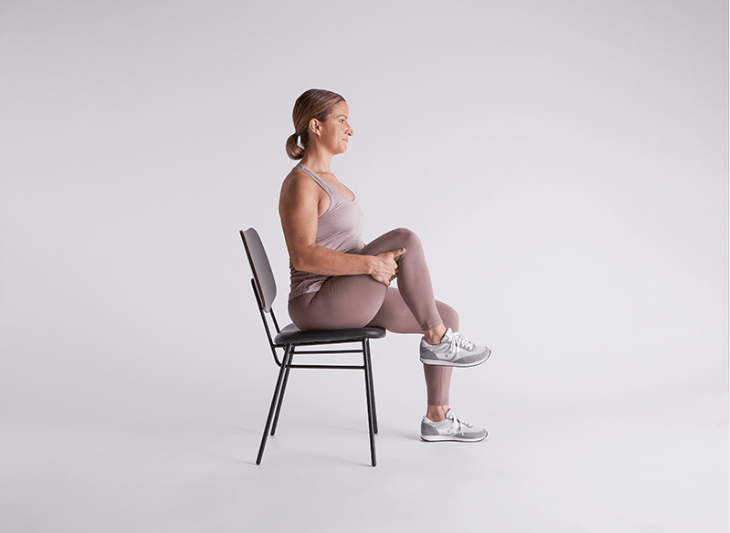Pressure ulcers, also known as bedsores, are painful injuries to the skin and underlying tissue caused by prolonged pressure on specific areas of the body. They are most common in people with limited mobility, such as those who are wheelchair-bound or bedridden. For caregivers, it is important to understand pressure ulcers. This knowledge helps provide better care and keeps your loved ones comfortable and healthy.
What Are Pressure Ulcers?

Pressure ulcers, also called pressure sores or bed sores, happen when constant pressure cuts off blood flow to the skin. This often occurs over bony areas like the hips, tailbone, heels, and elbows. This lack of blood flow can damage or even kill skin cells, leading to open sores. Initially, the affected skin area may appear red or discolored, but without proper care, it can worsen, creating deep wounds that can become infected and life-threatening.
Causes of Pressure Sores
Pressure sores result from a combination of factors, including:
- Prolonged Pressure: Sitting or lying in one position for long periods.
- Friction: Skin rubbing against surfaces like bedsheets or cushions.
- Shear: Skin moves in one direction while the underlying tissue moves in another.
- Moisture: Prolonged exposure to sweat, urine, or feces can weaken the skin.
How to Prevent Pressure Ulcers
Preventing pressure sores involves a proactive approach to reducing pressure and maintaining healthy skin. Here are some practical tips:
- Frequent Position Changes:Reposition the individual every two hours if bedridden or every 15 minutes if in a wheelchair.
- Use Pressure-Relief Cushions and Mattresses:Invest in specialized products like a pressure sore cushion, a wheelchair cushion for pressure sores to reduce pressure on bony areas like the buttocks.
- Maintain Good Skin Hygiene:Always keep the skin clean and dry. Use mild cleansers and apply moisturizers to prevent dryness.
- Encourage a Healthy Diet:A balanced diet rich in protein, vitamins, and minerals promotes skin health and faster healing.
- Inspect the Skin Daily:Regularly check for early signs of pressure ulcers, such as redness, swelling, or changes in skin texture.
Treating Pressure Sores on the Buttocks and Other Areas
If a pressure sore does develop, early intervention is crucial:
- Relieve Pressure: Use cushions or pads to alleviate pressure on the affected area.
- Clean the Wound: Wash the sore with mild soap and water. Avoid harsh cleansers.
- Apply Wound Care Products: Use dressings recommended by health care professionals.
- Seek Medical Help: For severe sores, healthcare professionals may need to remove dead tissue or prescribe antibacterial drugs to prevent infection.
The Role of Caregivers in Pressure Ulcer Management
Caregiving goes beyond daily tasks. It involves awareness, compassion, and education to provide the best care possible:
- Understand Family Caregiving Duties: Learn about the specific needs of your family member to provide tailored care.
- Partner with Healthcare Professionals: Work with nurses, doctors, and health aides to develop an effective care plan.
- Provide Peace of Mind: By using tools like specialized seat cushion to prevent pressure sores can help
Choosing the Right Cushion for Pressure Relief
Investing in a seat cushion to prevent pressure or a bedsore chair cushion is one of the most effective ways to manage and prevent pressure ulcers. Look for options designed to improve blood flow, reduce pressure on bony areas, and provide comfort for long-term use.

Conclusion
Pressure ulcers are a serious concern for individuals with limited mobility, but they are preventable with the right care and tools. As a caregiver, it is important to know the causes, prevention methods, and treatments for pressure sores. This knowledge helps ensure the well-being of your loved one. By staying informed and proactive, you can provide effective home care that promotes healing, comfort, and peace of mind.
For more tips and products to help prevent pressure ulcers, visitEase Seating Systems.
















Leave a comment
All comments are moderated before being published.
This site is protected by hCaptcha and the hCaptcha Privacy Policy and Terms of Service apply.